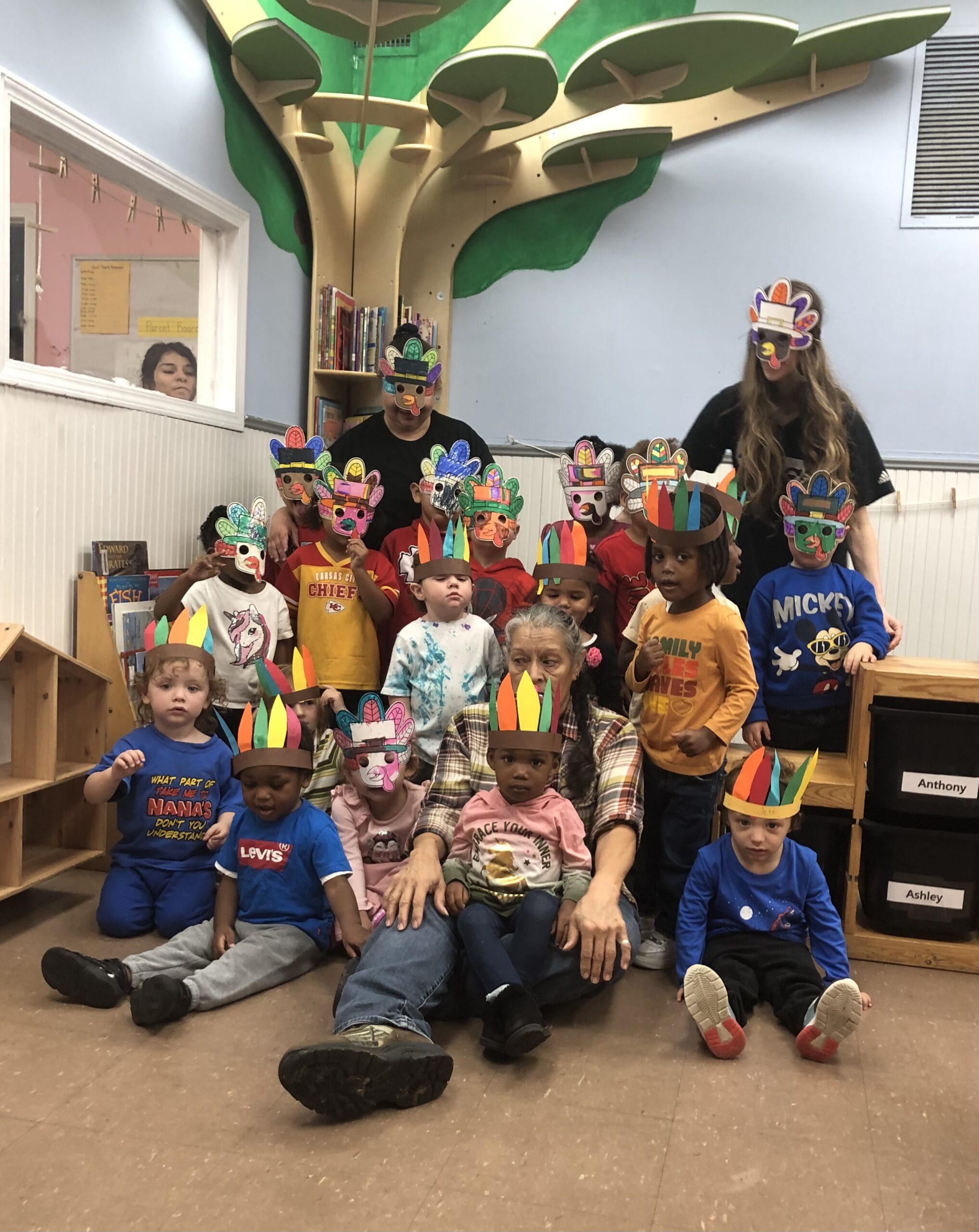By JOE JAROSZ
Northeast News
April 16, 2014
KANSAS CITY, Missouri -Northeast High School principal Douglas Bolden knows he’ll never be a spy. Or, at least a good one.
During spring break, he received news that he couldn’t keep to himself.
He was so excited to hear that his school had the highest improvement in English and third highest in mathematics for the Kansas City Public Schools mid-year acuity test, he was telling anyone he saw.
“I was ecstatic,” Bolden said. “I couldn’t keep my mouth shut.”
The mid-year acuity test is a test to predict how students will score on standardized tests such as Measures of Academic Progress [MAP] or End of Course [EOC]. Three acuity tests are administered in a school year and students at NEHS improved on the most recent tests.
“That’s really encouraging to us as a staff,” Bolden said.
Rocky Moore, English as a second language teacher at NEHS, said the students prepare for the tests everyday while working on the state’s standards. While preparing, Moore, who’s in his first year as a teacher at NEHS, said the students’ performances also improved, something his class was excited to learn.
Thomas Woodard, 7th grade and high school math teacher, added his classes have mock MAP tests. He believes this helps better prepare the students for what to expect when they have to take the actual test.
“This way, students shouldn’t have an issues with timing and testing,” Woodard said. “Hopefully, then, all side issues will be resolved [by the time they take the test] and the students have a good testing day.”
Nadia Nibbs, 10th grade English/language/arts teacher, said her students take another assessment test, one for the EOC and believes her students are in good shape as well. In her classes, students calculate their progress to see where they are and who needs to study more.
“They enjoy seeing their progress and it makes them feel successful,” Nibbs said, adding every few weeks she hands out awards for best attendance and for not missing homework.
In his first year as principal, Bolden said he was surprised to see the progress the staff and students have made as quickly as they made it. In the past, he pointed out he’s worked at high schools with similar problems that didn’t advance as much as NEHS has.
“The staff and students have progressed faster than what I would’ve thought,” Bolden said. “I think everyone made adjustments, picked up the ball and ran with it.”
Those adjustments included building better relationships between faculty and students.
“This group does exceptionally well at building relationships,” Bolden said. “When I came here, I wanted to build better relationships with the kids. We wanted to see more engagement with every student.”
The teachers agree. Moore said before he was hired, students in his current class would see long-term substitutes, thereby making it difficult to make a connection with the person who was teaching.
“He has great relationships with his students and they enjoy his class,” Nibbs said. “Students come from long-term subs and it is a change to go from that to teachers who know who you are.”
Bolden also credits the teachers and staff for helping him change the culture of the school. When he arrived, he said he had several items he wanted to improve; better relationships, more engagement and to be held accountable. He also conducts weekly phone blasts to parents to keep them up-to-date on what is happening at the school.
“From what I’ve seen, we’re doing a much better job with instruction for the students,” Bolden said. “We’re making sure kids are college ready and prepared for the ACT. Some students have a real unrealistic attitude about ACT and going to college, but we’re improving.”
With the switch to the Common Core – a set of uniform education standards adopted by Missouri to make sure the education provided to K-12 students in the United States allows them to be competitive for college placement and jobs worldwide – next year, teachers don’t know, yet, how the students will adjust, but they believe the students will adjust well.
“It will be a challenge but we’ll have a better understanding on how to get the students ready [for college and post-school life],” Nibbs said. Woodard added it’s a big improvement for math because it is more logic and real world problem solving.
“I really think the staff is making better use of data and what to do with it when we see it,” Bolden said. “The big part, we’re starting to own the data more. We’re not afraid of it.”



















